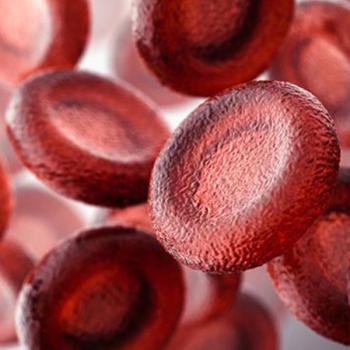
SVR10 at week 12 with pacritinib was linked to longer overall survival in patients with myelofibrosis and thrombocytopenia.

SVR10 at week 12 with pacritinib was linked to longer overall survival in patients with myelofibrosis and thrombocytopenia.

A nurse practitioner gives her advice for managing adverse events during treatment with talquetamab for multiple myeloma.

Use of the 1.5T Elekta Unity MR-Linac was associated with reduced rates of erectile dysfunction at 6, 12, and 18 months in patients with prostate cancer.

The intersection of cardiology and oncology is greater than nurses and providers may assume, explained 2 experts.
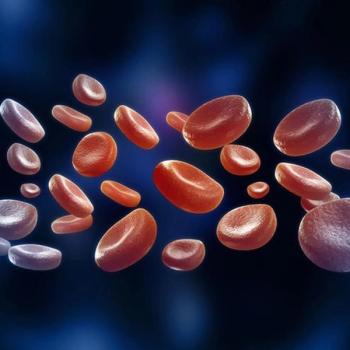
Early infection incidence in patients with multiple myeloma following treatment with cilta-cel infusion highlights the necessity of toxicity monitoring.

Authors noted that BiTEs have expanded the treatment paradigms for several types of solid tumors and blood cancers; however, toxicities associated with this class of agents have raised safety concerns.

Social determinants of health like transportation and financial increased the occurrence of psychoneurological symptoms in breast cancer survivors.

In accordance with CMS quality measures, interventions like provider/patient education and better access to care help reduce ED visits after chemotherapy.

Using risk assessment and nurse education in the High ED/Admission Risk Therapy (HEART) protocol reduced ED visits by 18% after chemoradiation treatment.
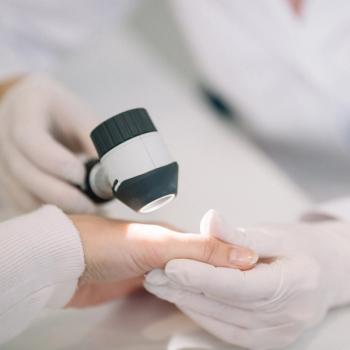
Per phase 2 trial data, enhanced dermatologic management showed a reduction in dermatologic AEs in patients with advanced EGFR-mutated NSCLC.
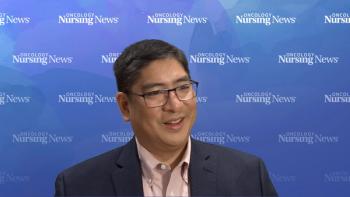
The presence of biomarkers, even in small amounts, can shape the course of treatment for a patient, says Andy Guinigundo, MSN, RN, CNP, ANP-BC.

In myeloma treatment, acute CRS is a common but treatable AE associated with CAR T-cell therapy and bispecific antibodies, according to a nurse practitioner.

A recent study found that toxicity is routinely minimized in phase 3 oncology trials, especially those that are not industry sponsored.
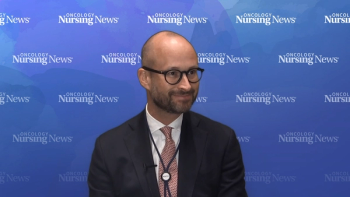
Axel Stuart Merseburger, MD, PhD, explained that with TKIs like axitinib, it is necessary for oncology nurses to spend time with each patient to provide the best care.

According to Laurence Albiges, MD, PhD, treatment of RCC with cabozantinib, nivolumab, and ipilimumab can cause potentially serious toxicities that should be closely monitored.
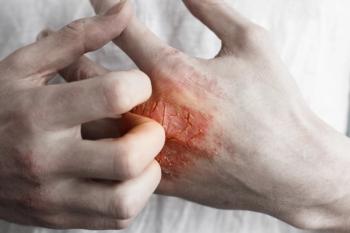
Immune checkpoint inhibitors for patients with cancer may be associated with an increased risk for psoriasis when compared with chemotherapy, monoclonal antibodies, and protease inhibitors.
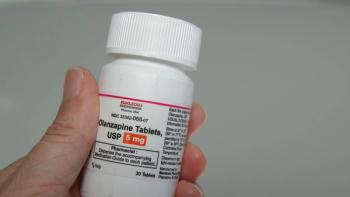
Patients treated with tyrosine kinase inhibitors received olanzapine to address adverse effects including nausea/vomiting, anorexia, insomnia, and weight loss.

Erica S. Doubleday, MS, FNP-C, BSN, RN, illustrated the importance of consistent care to identify AEs like interstitial lung disease in patients with cancer.

Erica S. Doubleday, MS, FNP-C, BSN, RN, explains AEs commonly associated with use of trastuzumab deruxtecan.

La-Urshalar Brock, FNP-BC, CNM, RNFA, spoke about the oncology nurse’s and APP’s roles in managing chemotherapy-induced peripheral neuropathy in patients with breast cancer.

Managing weight loss with telotristat ethyl in patients with metastatic pancreatic ductal adenocarcinoma may improve survival, although further research is needed.

Phone calls to follow up with patients with locally advanced esophageal squamous cell carcinoma while at home may reduce AEs like stomatitis before the first outpatient clinic visit.
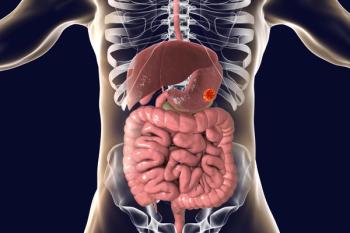
SHR-1701 plus CAPOX chemotherapy reduced treatment delays and dose reductions compared with placebo plus CAPOX in HER2-negative gastric/GEJ cancer.

Combining aerobic and resistance-based physical activity with dexamethasone may improve quality of life and reduce the effects of fatigue.

Patients receiving ponsegromab experienced significantly greater weight gain and physical activity than those receiving placebo.

Significant improvements in skin toxicity were observed by week 6 in all patients treated with HT-001 in the phase 2a CLEER-001 trial.

Findings from an exploratory 2a study showed improvements in patients with cancer cachexia with PH284 compared with placebo.

An APP’s research is focused on chemo-induced peripheral neuropathy in Black breast cancer survivors and its impact on their long-term quality of life.

Approximately one-third of patients with pancreatic cancer and anxiety had a palliative care consultation, data showed.

Clinicians should consider a rapid taper approach for patients with cancer who exhibit repeated signs of opioid misuse, an expert said.